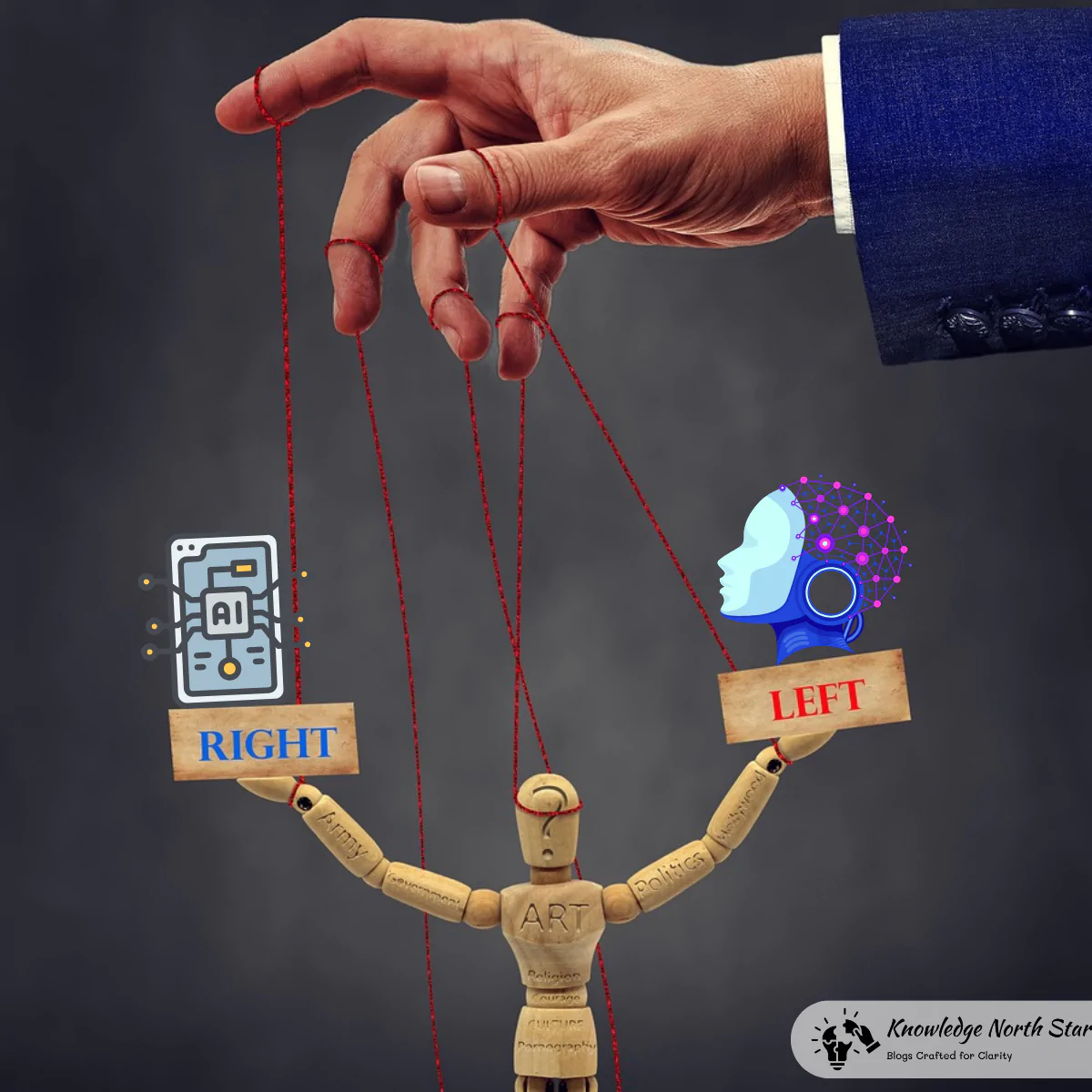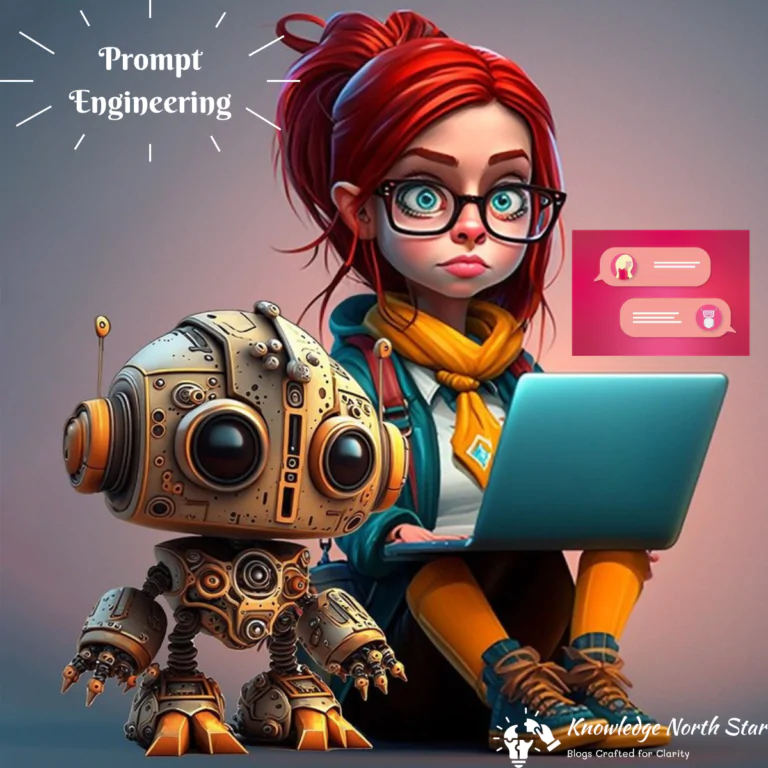Decision Intelligence and AI: How Leaders Can Make Smarter Choices
“In a world overflowing with data, the winners won’t be those who have the most information, but those who make the smartest decisions with it.”
We live in a time where Artificial Intelligence (AI) has moved from science fiction to daily reality. From drafting emails to analyzing complex data, AI is transforming the way we work. But technology alone does not guarantee better outcomes. What truly matters is how we use AI to make smarter decisions (i.e. decision intelligence).
Over the years, through experience and reflection, I’ve come to believe that AI isn’t just about algorithms or automation—it’s about how we integrate it into our decision-making process. The way we ask, interpret, and act on AI’s outputs is what determines whether it truly adds value.
What is Decision Intelligence?
I like to call it decision intelligence: the discipline of turning information into better action, at any scale, in any setting.
It’s not just about analyzing data. It’s about combining psychology, social science, management, and data science to ensure that information actually improves outcomes.
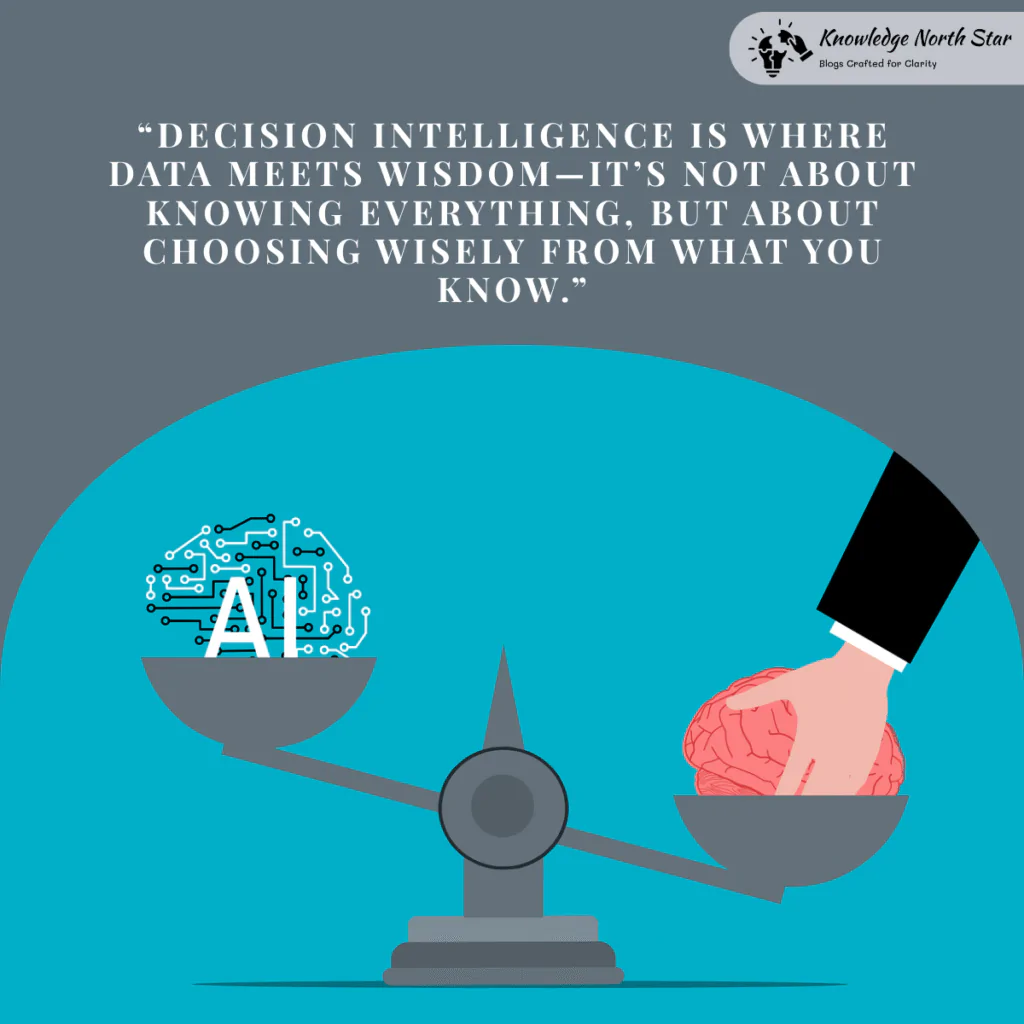
When we ask AI to perform tasks—like generating a report or drafting an email—we should pause and ask ourselves:
- Did I ask the right question?
- Do I understand the answer I received
AI is not a magic box. It’s a powerful partner, but the responsibility for defining goals, interpreting outputs, and making choices will always rest with us.
The Danger of “Data-Decorated” Decisions
I’ve often observed that many organizations claim to be “data-driven,” but in reality, they are only data-decorated. They use numbers to justify decisions already made rather than letting data shape the decision.
🤔 “Is that dashboard guiding you—or just impressing you?”
This is a classic trap of confirmation bias—our tendency to see information in ways that confirm what we already believe.
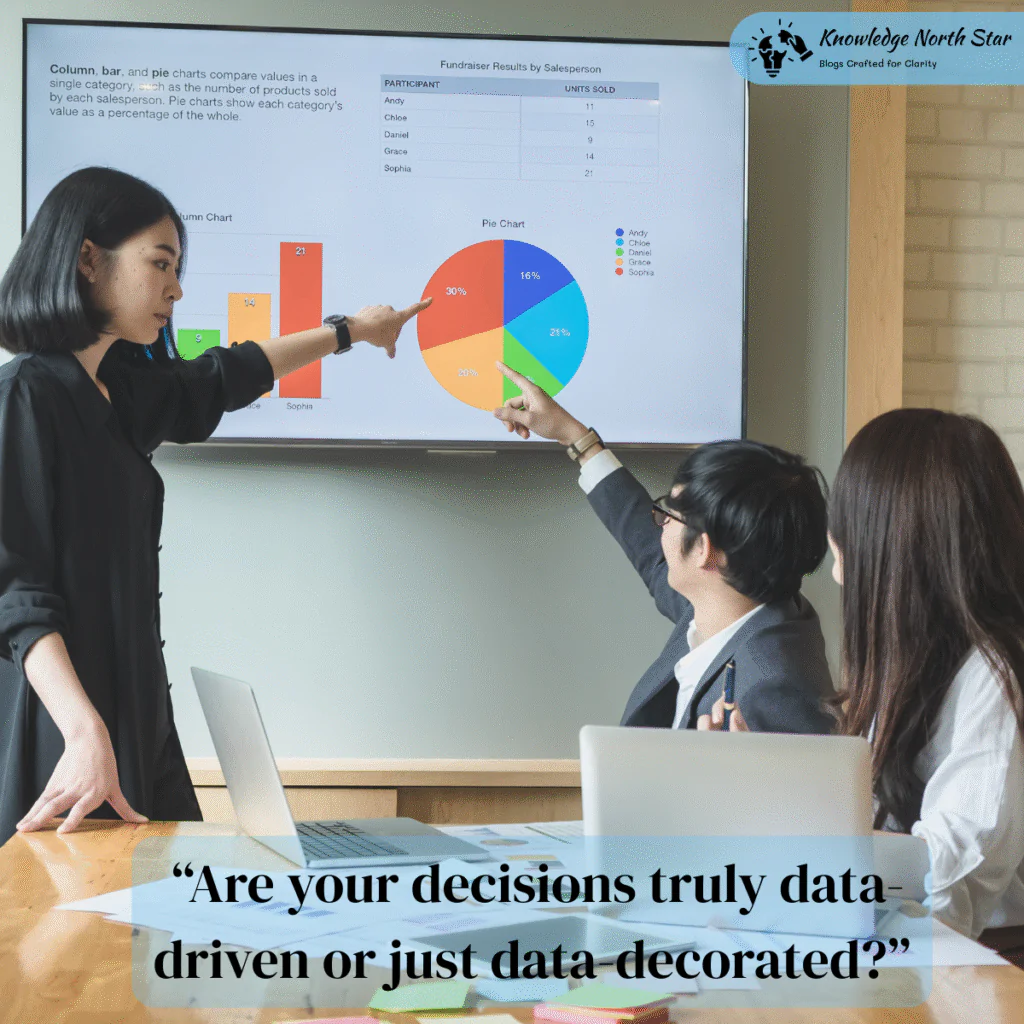
The lesson? The structure for your decision must be clear before you bring in data. Otherwise, it’s like moving goalposts after kicking the ball just so you can call it a win
The Messiness of Generative AI
Generative AI can provide thousands—or even millions—of potential answers. While this abundance feels empowering, it can also be overwhelming.
Psychologists have long shown that too many choices can paralyze us. Choosing between two equally good options is much harder than choosing between a good and a bad one. AI multiplies this problem, presenting endless “good-ish” outputs.
This is why we must reconnect with our “why.” Clarity of purpose—our values, goals, and priorities—is what helps us choose meaningfully among countless AI-generated options.
“AI can generate infinite possibilities. Only your values can help you choose the right one.”
The Generative AI Value Gap
One of the biggest challenges I see is what I call the Generative AI Value Gap—the difference between individuals, who quickly see personal benefits of AI (like faster email drafting), and organizations, which struggle to measure value at scale.
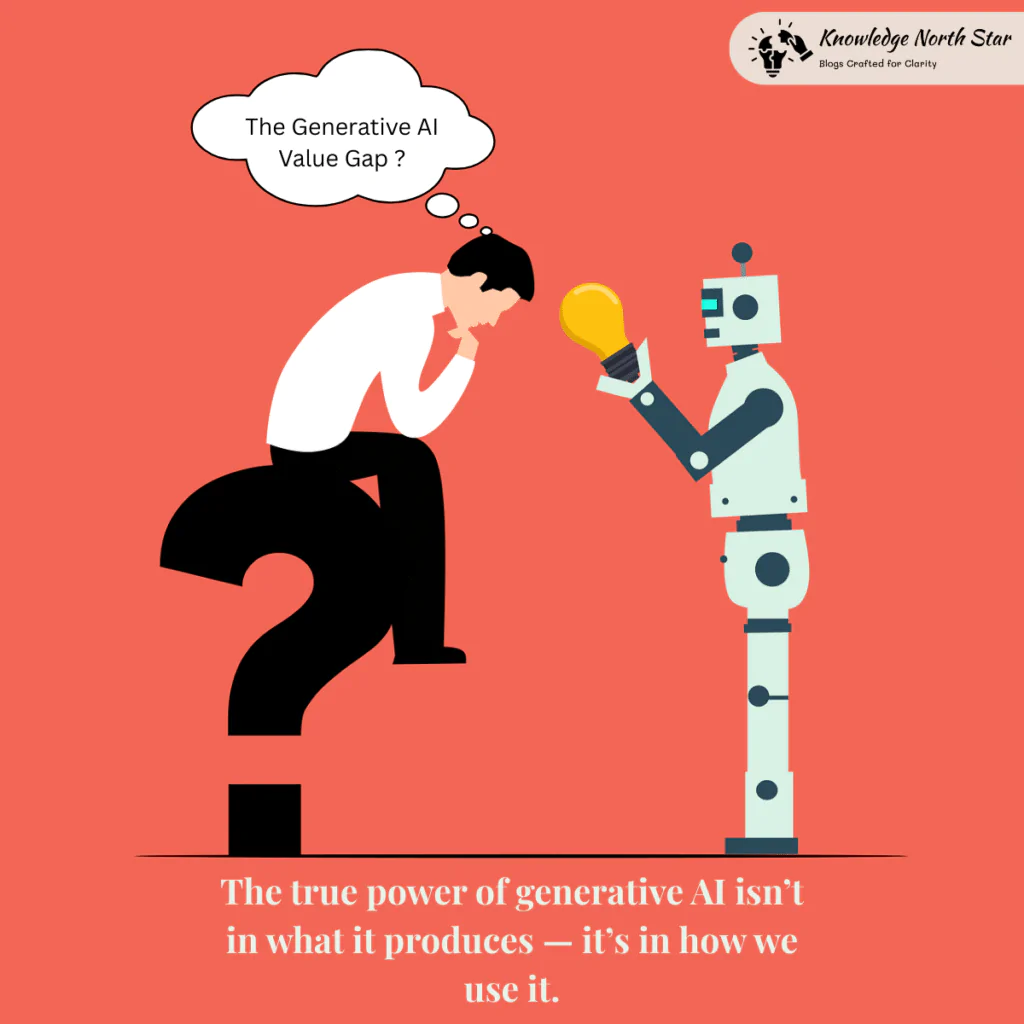
For a company, adopting AI is not just about “feeling faster.” It requires rigorous measurement of ROI:
- How much does AI cost to implement?
- What measurable benefits does it provide?
- How do we define “better” outcomes (e.g., customer service, quality, efficiency)?
Unless leaders set these benchmarks, they risk investing in hype rather than impact.
AI as a Thought Partner
I’ve found that AI works best when treated as a thought partner, not a replacement for human judgment.
For example, asking AI questions like:
- “What haven’t I thought of?”
- “What assumptions might I be missing?”
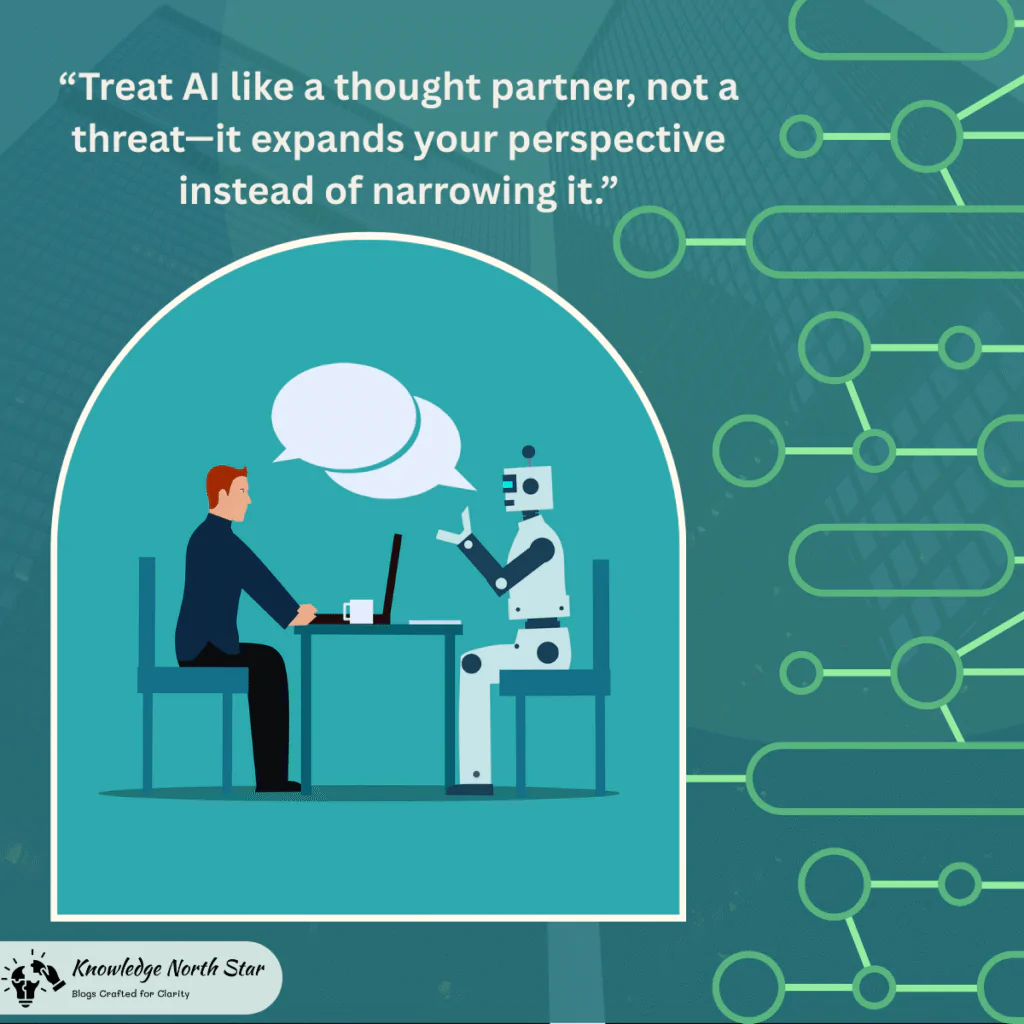
Even if nine out of ten answers are irrelevant, one can spark a breakthrough. AI, in this sense, is a catalyst for creativity rather than just a crutch.
Humans Still Drive Meaning
The most profound truth about AI is this: humans must remain in control.
AI is ultimately a probability engine—an advanced pattern matcher. It does not understand meaning, values, or long-term consequences.
“You are the author of meaning as a human. You choose what matters. Then you use AI afterwards.”
This perspective is crucial. Whether drafting an email or guiding a billion-dollar strategy, AI is just a tool. We define the purpose, direction, and boundaries.
Thinking vs. Thunking
Here’s another useful distinction:
- Thinking → Creative, engaged decision-making.
- Thunking → Routine, repetitive execution.
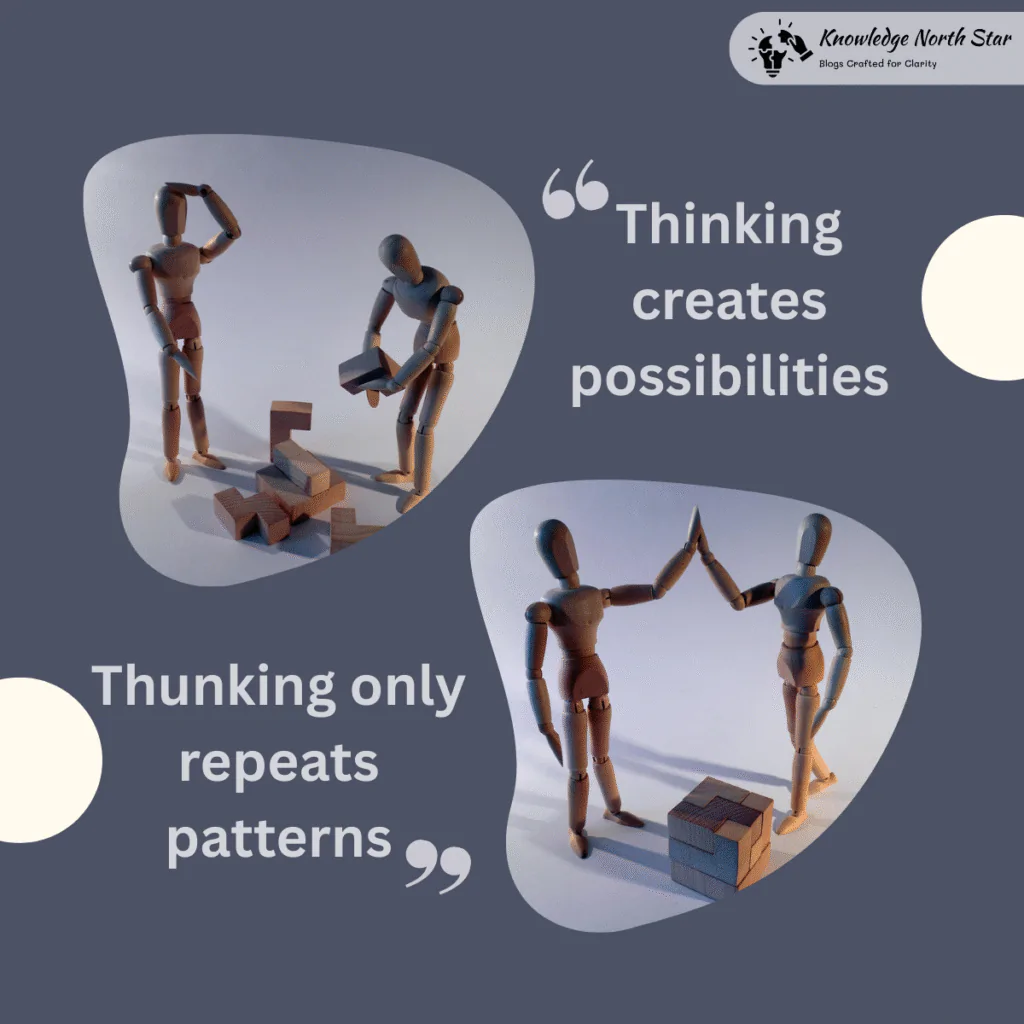
AI is excellent at automating “thunking.” But this raises a new challenge: what happens when work loses its predictable, repetitive parts?
Creativity doesn’t happen on-demand in compressed windows. Often, humans need routine or even distraction to spark big ideas. The future of work will require us to redesign jobs so that automation coexists with opportunities for reflection, collaboration, and innovation.
Real-World Applications
Decision intelligence and AI already make a big difference in many fields:
- Drug discovery: AI shortens timelines by recognizing patterns no human could.
- Customer service: Organizations must define what “good” looks like in AI-driven interactions.
- Collaboration: Natural language bridges human intent and machine execution.
But in every case, success depends on clear criteria, human oversight, and thoughtful leadership.
Key Takeaways for Leaders and Professionals
Here are a few practical lessons I’ve drawn:
- Pre-commit to your decision structure before you look at the data.
- Guard against confirmation bias—don’t decorate decisions with numbers.
- Reconnect with values when faced with too many “good” options.
- Measure ROI at scale to close the Generative AI Value Gap.
- Use AI as a thought partner, not a replacement for human judgment.
- Stay in control—humans, not machines, define meaning.
- Redesign work to balance automation with creativity.
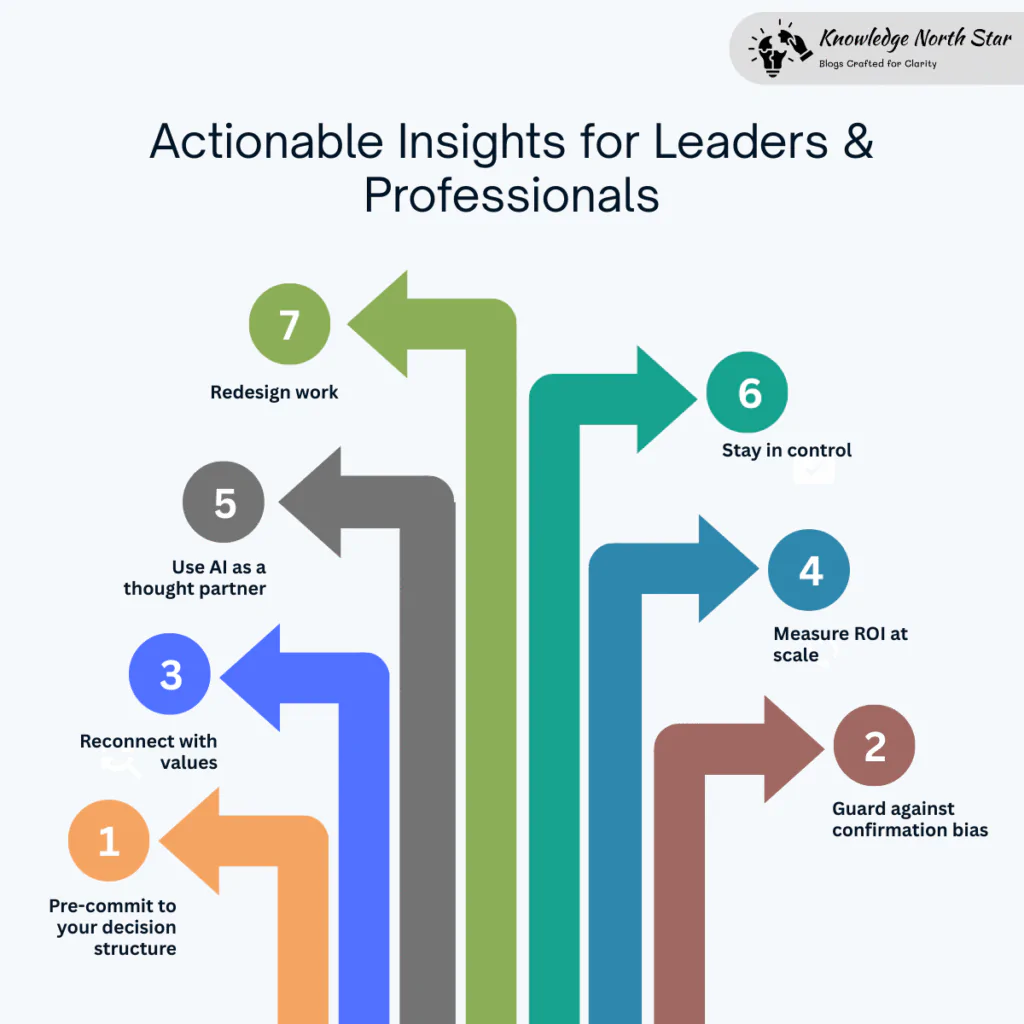
Further Reading & Trusted Resources on Decision Intelligence
These references span foundational theory, practical frameworks, industry use cases, and evolving leadership paradigms—perfect for reinforcing your blog with credibility and depth.
Authoritative References on Decision Intelligence
- The Decision Lab — Decision Intelligence Overview: A well-structured introduction to Decision Intelligence, explaining how AI can enhance decision-making by combining behavioral science, analytics, and computational strategies. The Decision Lab
- IBM Insight — The Rise of Decision Intelligence: A deep dive into how organizations are leveraging prescriptive analytics and AI to optimize decisions across business operations. IBM
- Qualtrics — The Ultimate Guide to Decision Intelligence: A comprehensive guide differentiating Decision Intelligence (DI) from traditional business intelligence (BI), and outlining DI’s real-time decision support capabilities. Qualtrics
Practical Applications & Emerging Use Cases
- Cloverpop Blog — Revolutionizing Business with Decision Intelligence: Explores how DI platforms enable organizations to improve decision-making via predictive modeling and outcome tracking. cloverpop.com
- MindBridge AI — Finance Use Cases for DI: Highlights practical DI applications in financial functions like ledger analysis, vendor risk detection, and revenue optimization. MindBridge
Final Thoughts
The AI revolution is not just about faster processes or smarter algorithms. It’s about making better decisions—decisions that align with our goals, values, and humanity.
“Find the discipline of seeing the humans in any technological system.”
In a world of endless AI-generated options, the real power lies in clarity—knowing what matters, why it matters, and how technology can help us achieve it.
The future of work won’t be defined by AI alone. It will be defined by how wisely we choose to use it.

